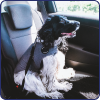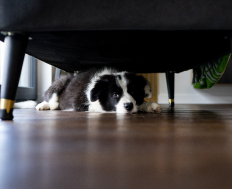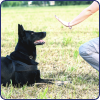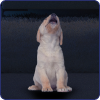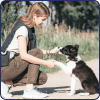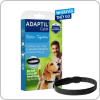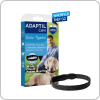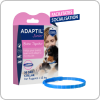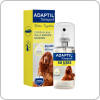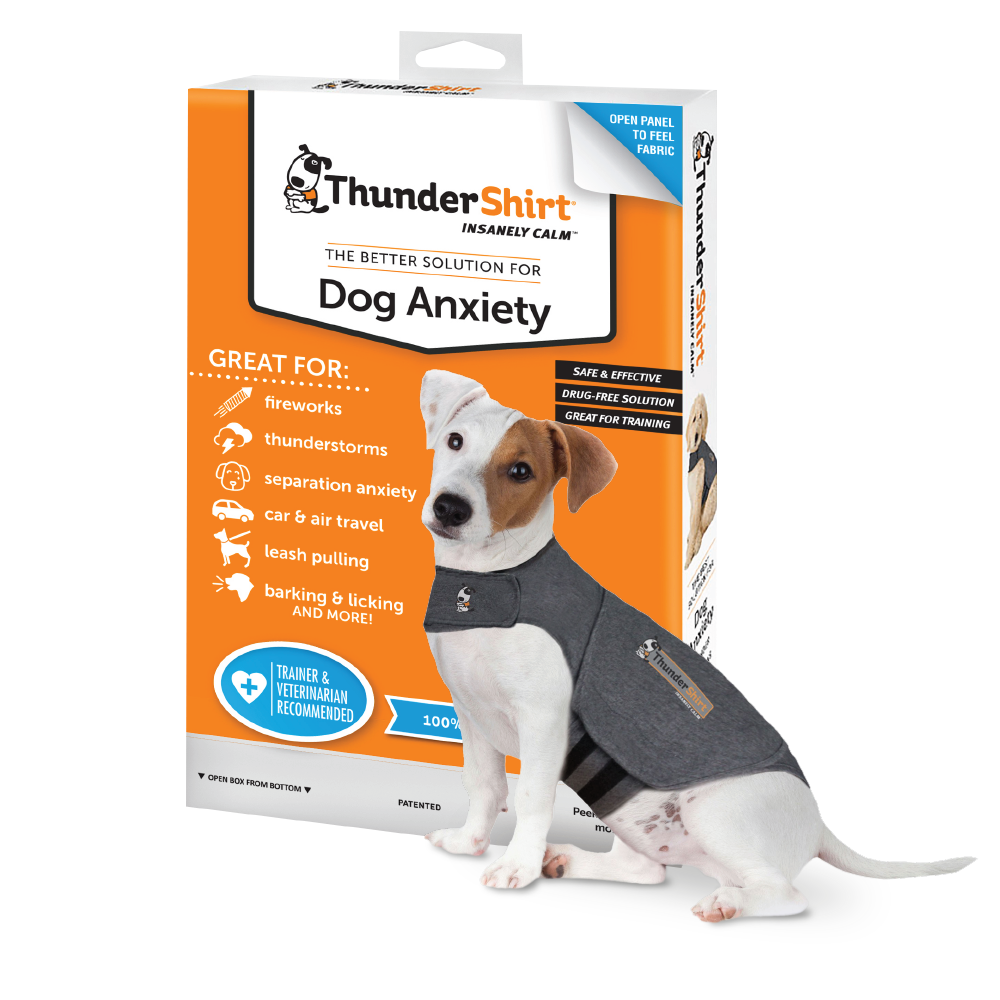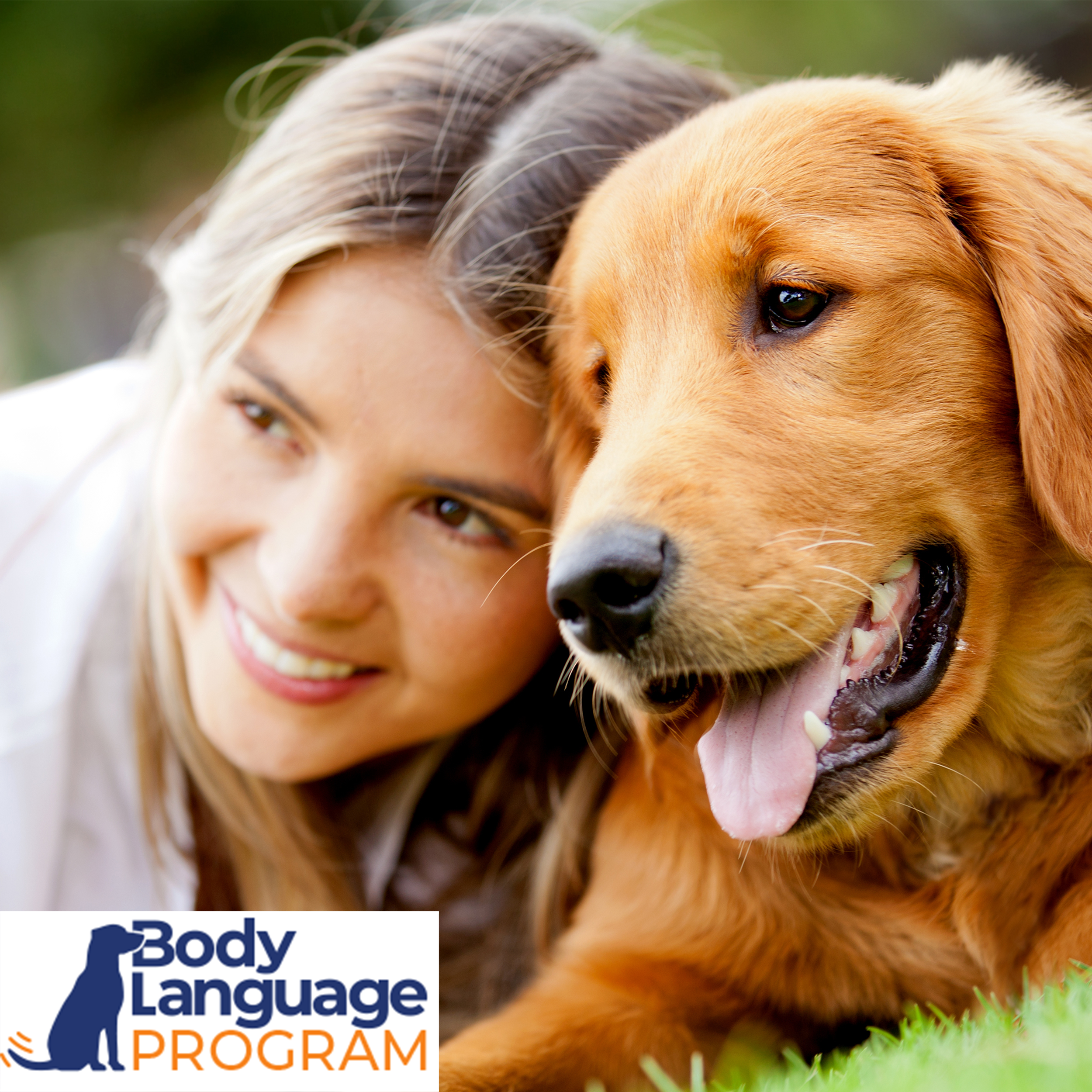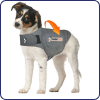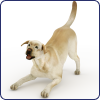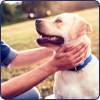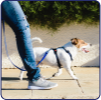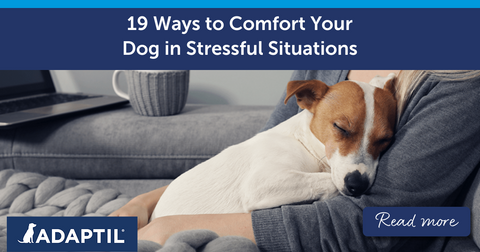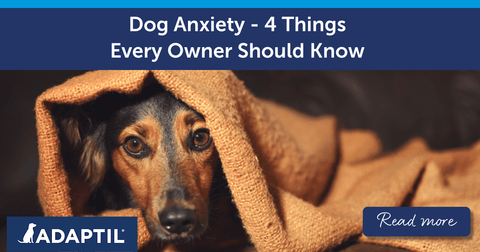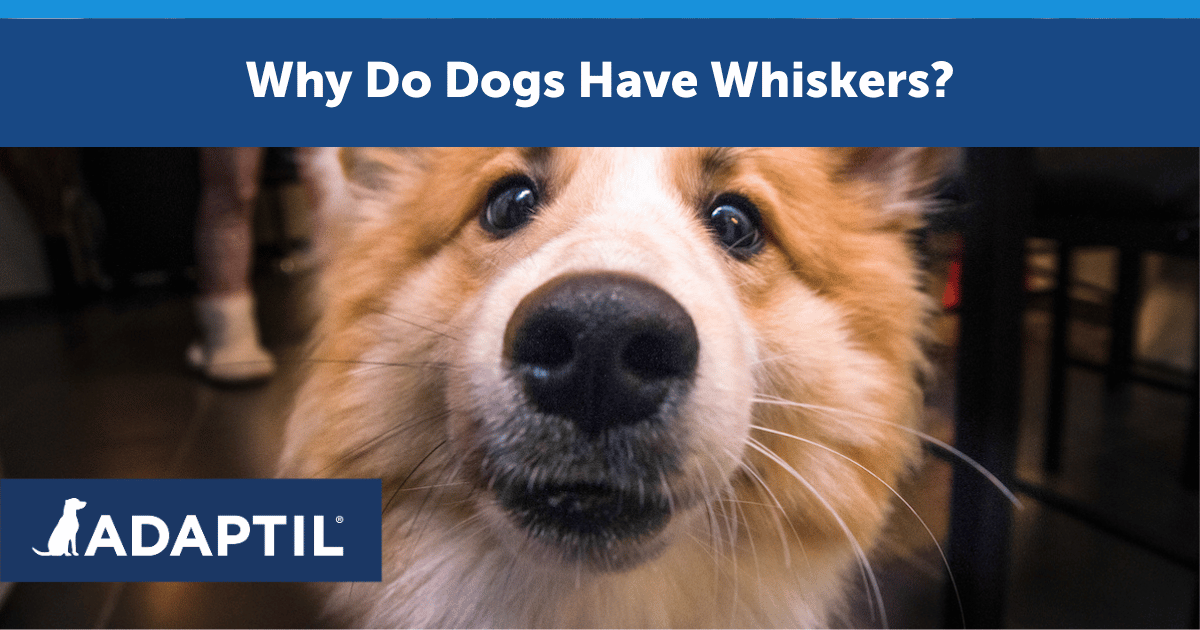
Why Do Dogs Have Whiskers?
Have you ever wondered why dogs have whiskers? They may be more important than you think! In puppies the whiskers are among the very first hairs to develop, so for the first two weeks of their lives when they are not yet able to see, whiskers help them to find their way around!
Do dogs have whiskers?
A dog's whiskers vary, depending on the individual and the breed. But generally, they grow whiskers on a dogs face, around their muzzle, upper lip, jaw and above their eyes. Of course hairless breeds will have no whiskers - and very hairy breeds may have more!
What are dog whiskers for?
If your dog does have whiskers, those long coarse hairs play a crucial role in your dog's life; they are different from your dog's ordinary regular hair, and are very sensitive to anything that happens in the world around them - from being able to sense shifting air currents to detecting physical objects. Whiskers are specialised hairs that help your dog detect the location, distance, shape and texture of an object!
Also known as 'vibrissae', a dog's whiskers are important and very sensitive - and you may see your dog blink or flinch if you touch them as they are packed with sensory nerves embedded deep into their skin.
How do dogs use their whiskers?
Navigation
Although dogs have a great sense of smell - which they use extensively in everyday life - their vision is not as reliable; they normally have good sight for long distances, but they use their whiskers to help them determine what's up close to them. When their whiskers touch anything close by, they vibrate (hence the scientific name vibrissae) and stimulate the whisker nerves, which in turn sends a message to the brain saying watch out, you're just about to bump into something!
Like a cat's whiskers, a dog's whiskers can help them work out the shape and size of things around them, particularly in the dark. And if they have a snout which is quite long which might impair their line of vision (like a greyhound, bloodhound or a dachshund), their whiskers will be very handy for negotiating objects they can't see clearly.
Protection
The whiskers above a dog's eyes are designed to protect their eyes; when the whiskers sense an unexpected airflow or an object that may impact or damage the eye, the whiskers flex and trigger an immediate protective eye blink.
Body Language Indicator
The position of their whiskers is also a good body language indicator and are used to communicate emotions; if your dog is alert and engaged, their whiskers will be upright, but if they are anxious or feeling timid, their whiskers will be close to their face. If their whiskers 'flare' and then point forward, this is a defensive reaction when they are feeling under threat.
If your dog is showing signs of stress and anxiety, using ADAPTIL Calm in the room where your pooch spends the most time can help them stay calm, confident and secure.
Swimming!
Whiskers help dogs tell the current direction when they are swimming, and even when they swim for the first time, whiskers will help them instinctively keep their heads above water!
Do whiskers need to be clipped?
No! Although it doesn't hurt a dog to cut or clip their whiskers, it will make them feel uncertain and they will not be able to detect things around them as well.
However, dogs do shed whiskers and, like the rest of their coat, they will regrow, so don't panic if whiskers fall out or if they get removed accidentally.
Sensitive Whiskers and Super Noses
The combination of a dog's sensitive whiskers and super noses not only makes dogs fascinating companions, but they can also put these instincts to invaluable use in situations, such as helping with search and rescue missions and other man made disasters across the world.
If you’d like to know more information and tips about dogs, check out the rest of our blogs online! You can also stay up to date with all the latest news and product info by signing up to our newsletter.
